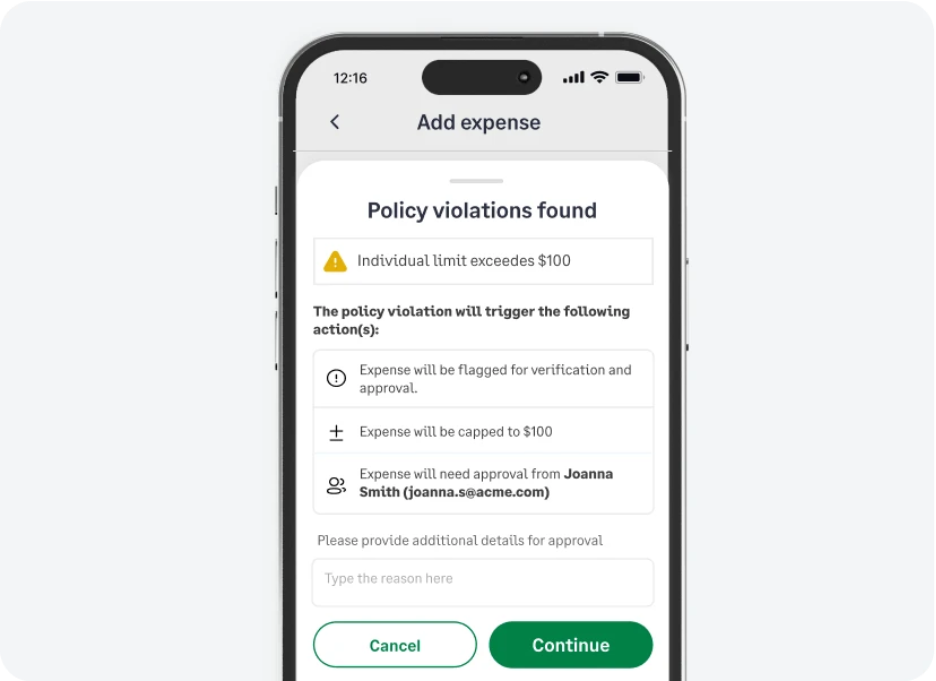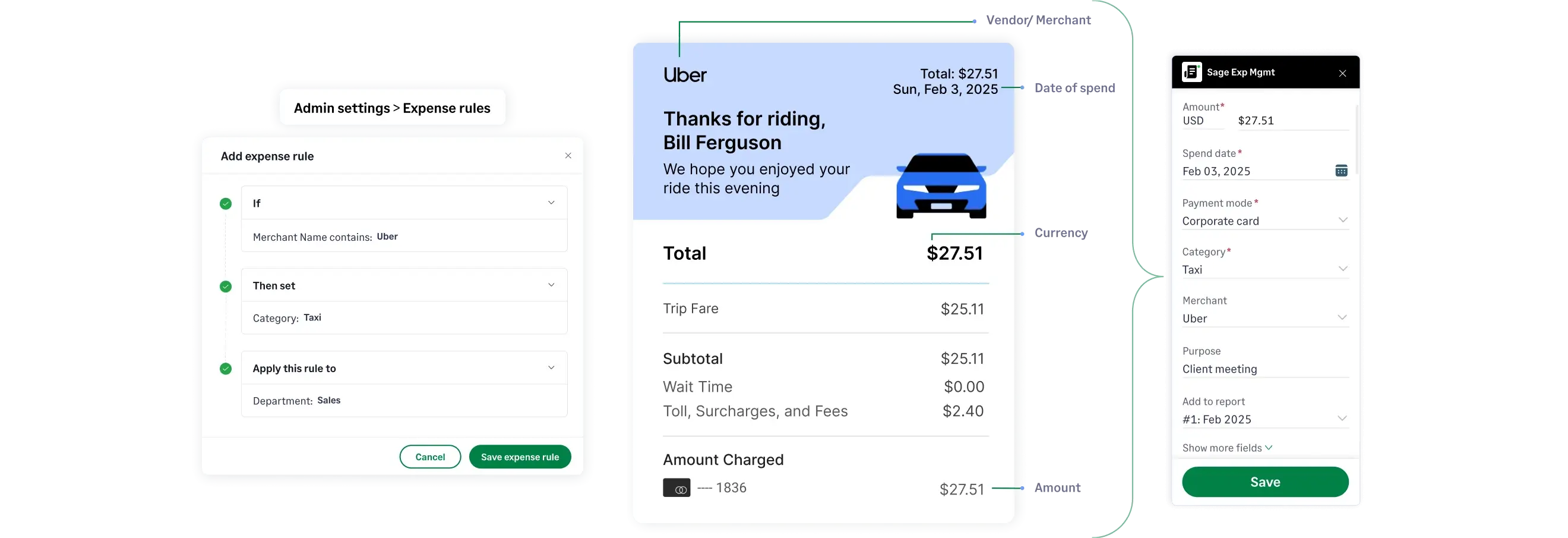In any finance department, it's easy to measure the cost of software. What’s harder to measure is the cost of not having it.
When it comes to expense management, many teams still rely on spreadsheets, thinking it's the "free" option.
But manual processes aren't free. It’s a significant, hidden liability that costs your company in wasted hours, compliance risks, and flawed strategic decisions. When you’re evaluating a move to an automated platform, the justification isn’t a "cost," it’s an investment with a clear and immediate return.
The ROI of automating expense categorization is found in three key areas: hard cost savings, risk mitigation, and strategic value.

ROI Part 1: The Hard Cost Savings (Reclaiming Wasted Hours)
This is the most direct and tangible return. Your manual process is a black hole for your team's most valuable resource: time.
The pain: Your skilled (and expensive) finance team spends hours, or even days, on low-value data entry. They’re stuck chasing employees to get receipts and then manually keying in data to match those receipts to statement lines.
The math: This is a simple calculation. A medium-sized business can lose over 12 hours per month just on coding and categorizing expenses. That's hundreds of hours per year that your team could spend on high-value analysis, forecasting, and closing the books faster.
The solution: Sage Expense Management turns this multi-hour reconciliation "hot mess" into a two-minute process. Features like real-time credit card feeds and AI-powered coding eliminate over 90% of this manual work, freeing your team for the work that actually matters.

ROI Part 2: The Risk Mitigation (The Cost of What Doesn't Happen)
This is the ROI that protects your bottom line. A manual process is a compliance and fraud liability.
The pain: In a manual system, receipts are the first casualty. An employee travels, shoves a $500 hotel folio into a bag, and forgets about it. By the time you chase them for it a month later, the receipt is gone. Per IRS rules, without that receipt, you can't prove the business purpose. That $500 deduction is now at risk, and the expense becomes a direct, 100% hit to your profit.
The math: The ROI here is the avoidance of disallowed deductions and penalties. How many receipts go missing each month? Multiply that by the average expense value. That is the money you are leaving on the table, all because your collection process is broken.
The solution: Sage Expense Management creates a perfect, uneditable audit trail for every transaction. Real-time text prompts get the receipt from the employee before it can be lost. Real-time policy checks automatically flag non-compliant spending before it gets approved, not weeks later during an audit.

ROI Part 3: The Strategic Value (Fixing the "Garbage In, Garbage Out" Problem)
This is the highest-level, most strategic return. You cannot make smart financial decisions with "garbage data."
The pain: When frustrated employees get tired of a confusing spreadsheet and dump all their expenses into the "Miscellaneous" category, your data becomes useless. Your Budget vs. Actual reports are skewed, and your forecasts are built on a foundation of guesswork.
The math: What is the cost of a bad business decision? What is the value of knowing which clients or projects are actually profitable?
The solution: Accurate, automated categorization is the foundation of all reliable financial strategies. It powers trustworthy budgets, accurate forecasts, and true project profitability. It turns your finance team from a data-entry cost center into a strategic analysis engine.

Conclusion: It's Not a Cost, It's an Investment
The "cost" of an automated platform is a fraction of the price you are already paying in wasted salary, compliance risks, and flawed strategy.
This isn't just about buying software. It's about investing in accurate, real-time data you can trust.
{{close-books-faster="/cta-banners"}}


















